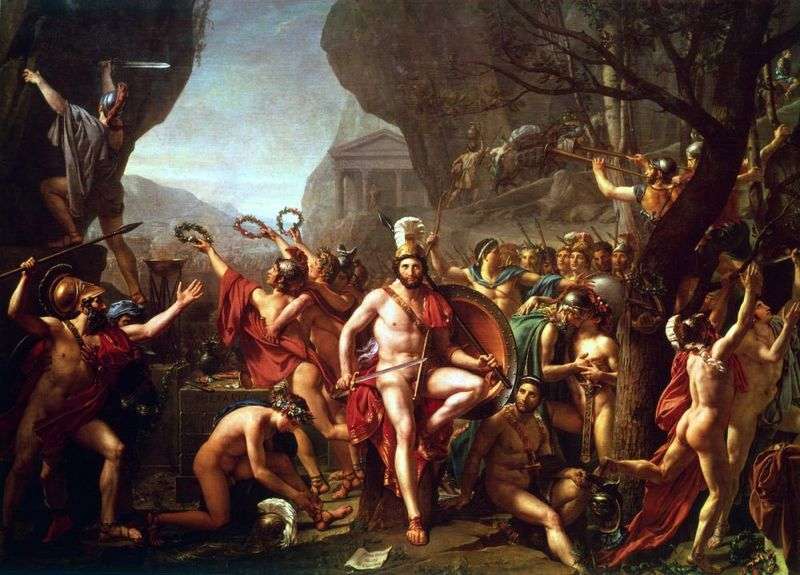
The canvas with the historical battle story “Leonid at Thermopylae” belongs to the work of the French painter – the founder of classicism in France – Jacques-Louis David. The fate of the canvas is very interesting. It was written for Count Sommarive for two years. The very idea of the picture came several years before its creation, since Jacques-Louis at that time preferred more money orders from Napoleon Bonaparte himself. After the end of work, the canvas remained in the workshop for a long 12 years.
In April 1826, after the death of the artist, the Louvre purchased Leonidas for his collection. The painting refers to the second half of the work of Jacques-Louis, when he tossed between historical and official genres. The plot was based on the historical event of 480 BC. e., associated with the period of the Greco-Persian War. The canvas narrates about the tragic death of those three hundred Spartans led by Leonid, about whom legends are now composing and making films. Their death was overshadowed by the betrayal of Ephialte, the son of Evridem, who pointed out a detour to the Persians for the invasion of Greece. Leonid struggled shoulder-to-shoulder with his comrades-in-arms until the last. Completely naked, exhausted and weakened depicted his artist.
The battles took place in the walls of the gorge, where rocks stood on a side by side. The author captured the moment before the final battle. As was the custom among the Greeks, the brother of the hero, Agis, who is located to the right of Leonid, brings a sacrifice to the Gods. The rest of the Spartans fuss in the preparations. Someone swears Horatius’s oath with wreaths in his hands, someone cuts out the death row on the rock that “going to Sparta will be told that we died obeying its laws.”
The artist laid out the oppressive silence of expectation and close death in a compartment with a dark color. The variety of single-component bodies is clearly divided by the bright play of light and shade and yellowness of rays playing on the skin of wars. The canvas turned dark and sad. The rebellious subjects, battles and history of wars were frequent “muse” of Jacques-Louis. Critics associate the author’s craving for battles in paintings with his own temperament and rebellious character of a real revolutionary. Confirmation of this is his arrest for revolutionary views in 1794. After the coup of 9th Thermidor II year on the Republican calendar of France.
The result of the reasoning about the canvas can be considered the conclusion about its unconditional belonging to Classicism because of its close connection with the Ancient School of Painting, which stands out clearly in the naked and proportional bodies of wars. The grim base and meager landscape also resonate with the revivalist interpretation of real or fictional scenes. Classicism is also emphasized by the warm coloring, which was mainly used by the authors of that period. This is the real embodiment of the historical genre, which was not rightly left by Jacques-Louis at the end of his creative career.
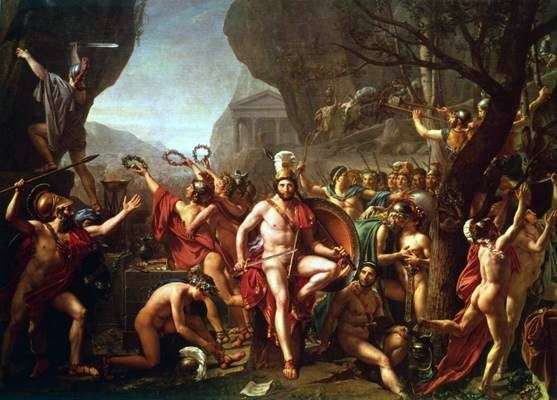 Leonid en Thermopylae – Jacques-Louis David
Leonid en Thermopylae – Jacques-Louis David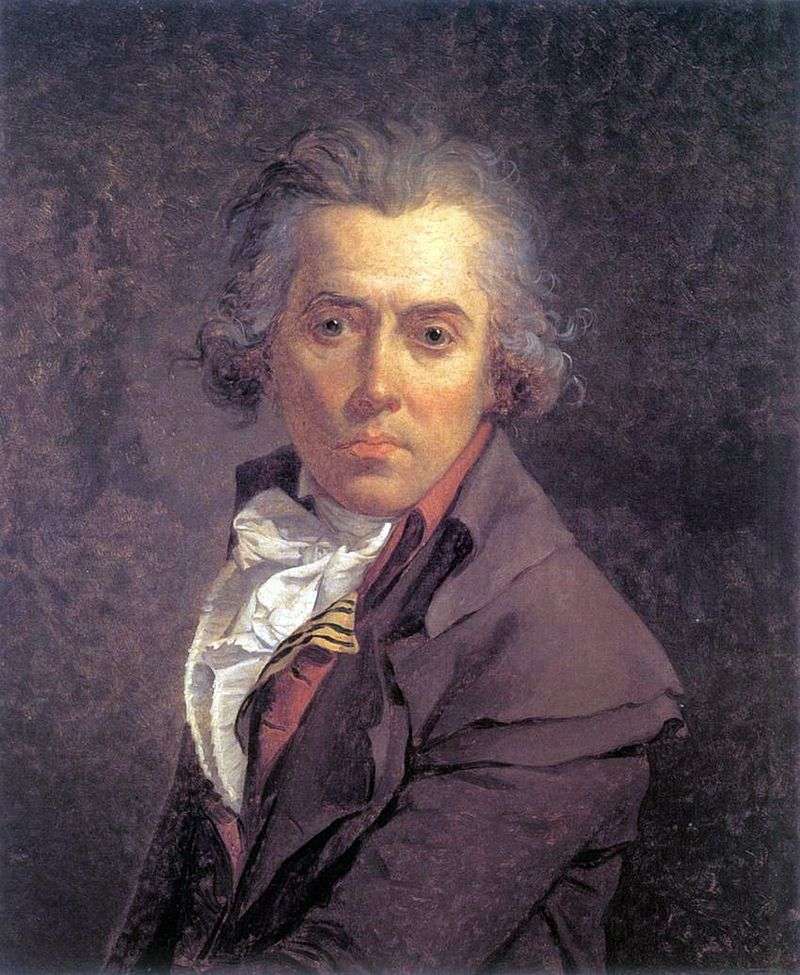 Self-Portrait by Jacques Louis David
Self-Portrait by Jacques Louis David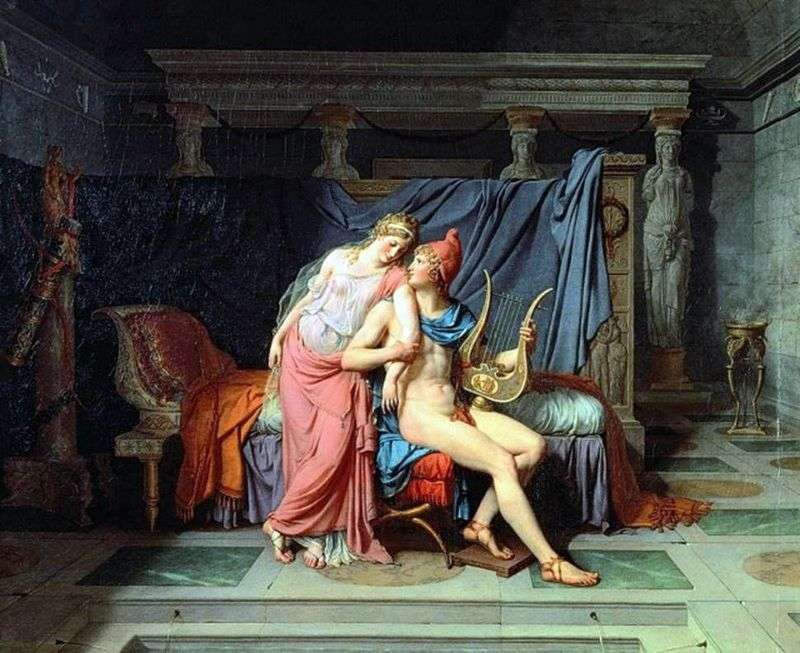 Love of Paris and Helena by Jacques Louis David
Love of Paris and Helena by Jacques Louis David Pierre Serizia by Jacques Louis David
Pierre Serizia by Jacques Louis David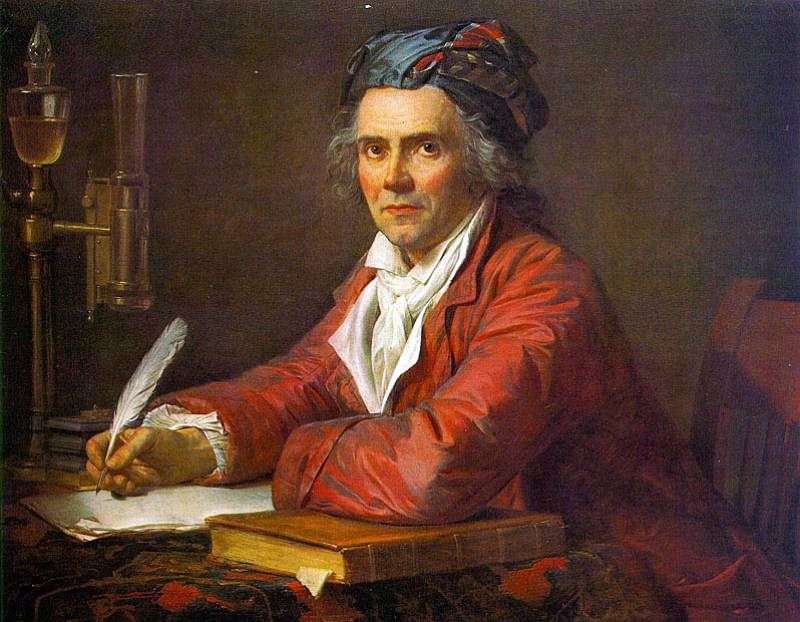 Portrait of Dr. Alfons Leroy by Jacques Louis David
Portrait of Dr. Alfons Leroy by Jacques Louis David Death of Marat by Jacques-Louis David
Death of Marat by Jacques-Louis David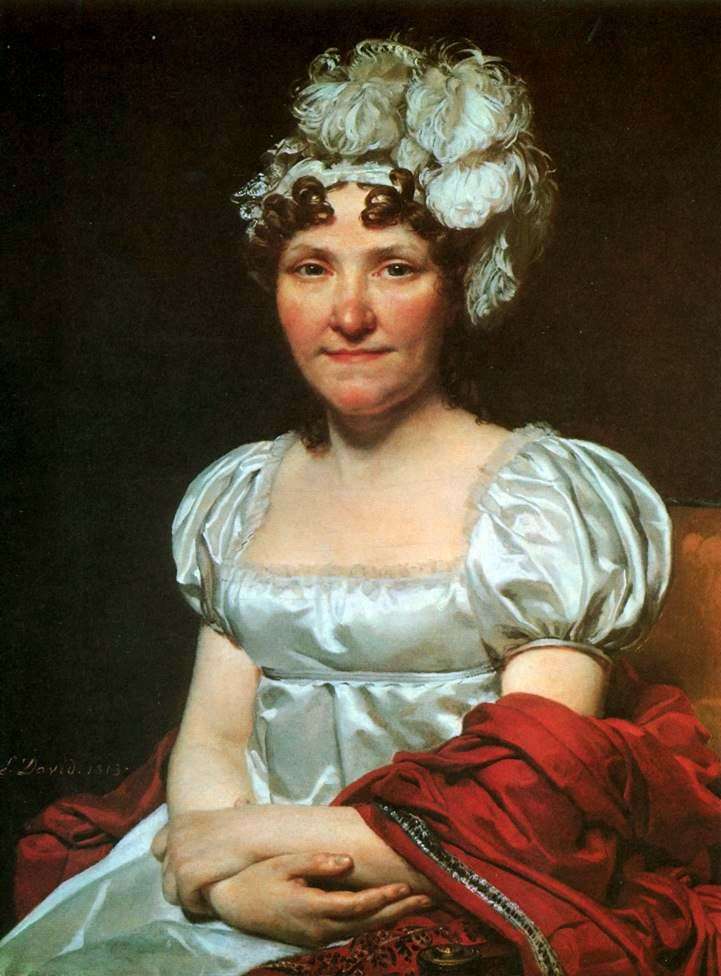 Margarita-Charlotte David by Jacques Louis David
Margarita-Charlotte David by Jacques Louis David Andromache at the body of Hector by Jacques Louis David
Andromache at the body of Hector by Jacques Louis David